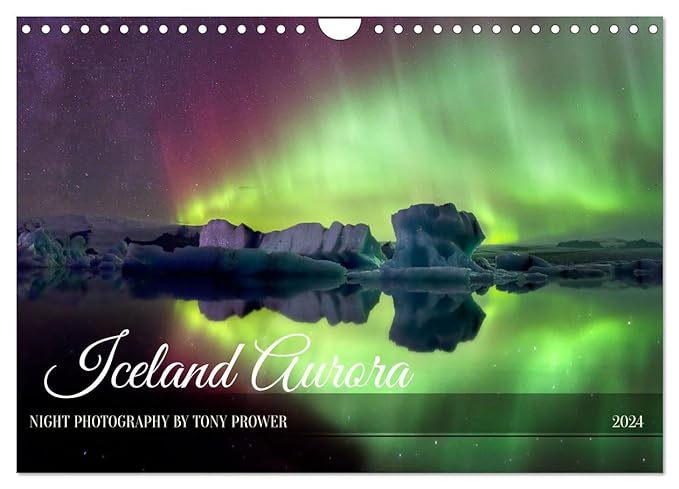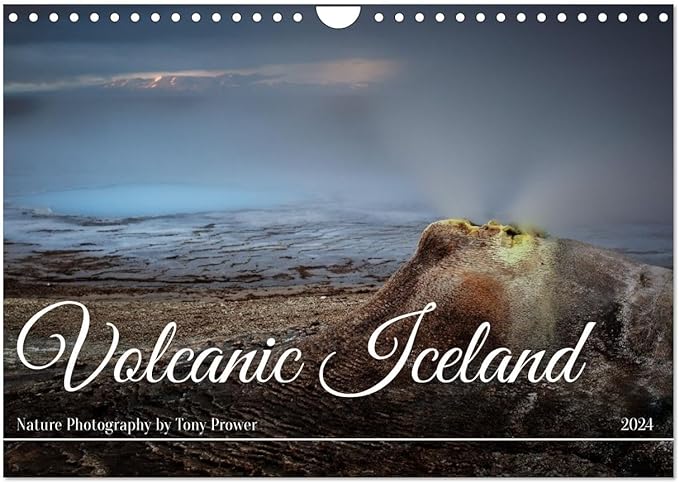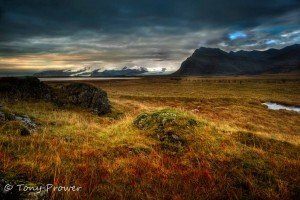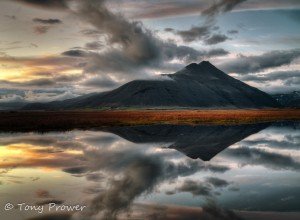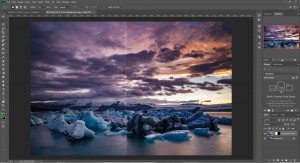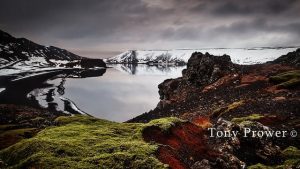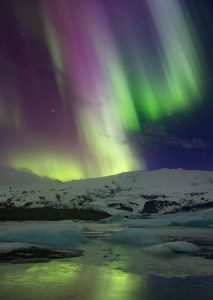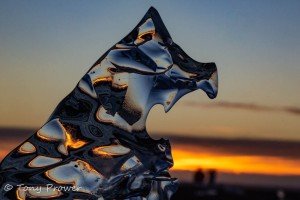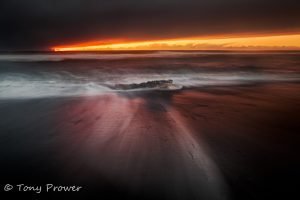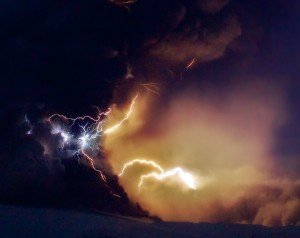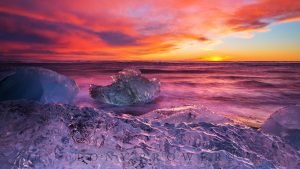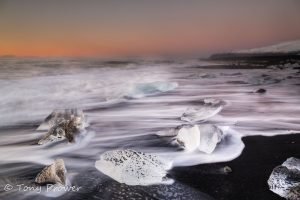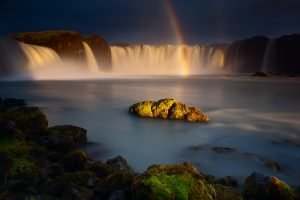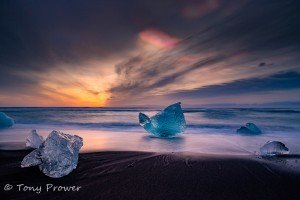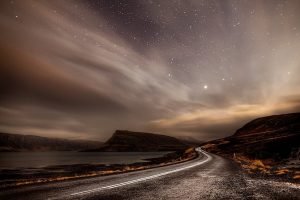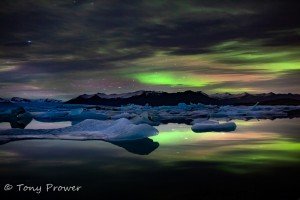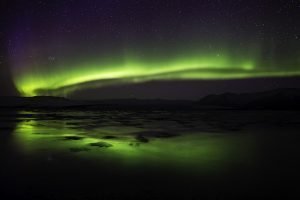This article is all about taking photographs in ice caves.
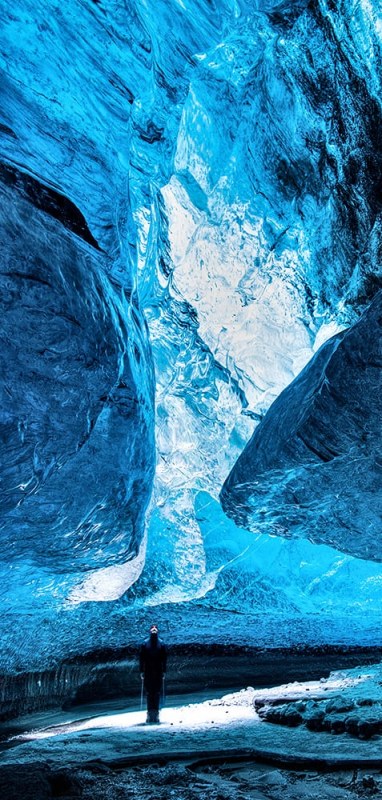
Under Glacier Cave
Ice caves are like magical underground secrets, but of course they are not underground, they are under the glaciers. Ice-caves can take many different forms, some are deep and narrow, some are broad. Often there is a river or water source because this is what creates the cave in the first place. Because of the river, Ice-caves can be difficult to enter. When temperatures are above freezing, the glacier can melt, making ice caves extremely hazardous. For these 2 reasons, it is advisable to always hire an experienced glacier guide who knows when it is safe to enter the ice cave.
Small Group Ice Caving
Camera Equipment
A tripod is fairly important, Ice caves are quite dark and it is usually possible to get a 30 second exposure deep in an ice cave. A wide angle, fast lens will also be useful as well as a macro lens.
Other Equipment
Safety gear for walking on Ice and head protection is very important and these are provided by glacier guides. I would also suggest knee pads to get down into low positions. Waterproof clothes are important because there are often areas with dripping water.
Photography Challenges
There are many obstacles to Ice cave shooting, sometimes the ice cave can be dark. This creates issues very similar to night photography. The main issues when it is dark are composition and focus. The main issues when it is light is bus loads of tourists (at least at the popular crystal caves).
Composition in the dark
Composition can be tough in any novel situation, but in Ice caves, the environment can be restrictive in terms of space. If you are lucky, you will be in a small group which works together so you don’t have unintentional people in your shot. The simplest method is to shoot super wide angle towards the entrance and to follow the shape of the cave to create a balanced shot. Place the bright entrance on one of the bottom third points as a starting point. There may be areas of extreme dynamic range, the photographer should make the right decision about exposing for inside the cave or the sky outside.
Focus and DOF
Auto-focus is not recommended for 2 reasons. The first is that there may not be enough light for the camera to focus, the other is that natural glacier ice has very few edges for the camera to focus on. For this reason, I would recommend using a manual focusing technique, but maybe auto-focus if you have good light coming into the cave. On workshops we had success in a dark cave by holding a mobile phone up near the cave ceiling and manually focusing through live view. At a Super side angle, you should be able to get the whole cave sharp with f/5.6 and acceptable at f/4 with careful focusing.
Exposure in the dark
Some Winter mornings we have been playing with 4 – 6 minute exposures in a dark cave. If you are spending 30 minutes shooting one frame, you will only have time for a couple of shots at that rate. If you have to increase you exposure power, I would recommend longer exposure first, then high iso, then aperture (but you don’t want to go beyond f/4 for your wide angle cave shots because you will run the risk of having portions of the cave not sharp and un-sharpen-able. If sunlight enters the cave (which is likely in South Iceland), you can happily shoot hand-held.
Magic Cloth
The magic cloth technique can be used to control areas of high dynamic range. A typical patter would be to allow more exposure around the edges of the image and less in the centre (such as the cave entrance). This is a kind of reverse cloth technique.
Add some Scale
This is a big issue – without something to show the scale, your ice cave shots will be abstract. Almost all the successful ice cave photographs have a human figure in the shot to show the scale. This works best if they are in a high luminosity position – such as the entrance of the cave.
Macro Photography
Why not get up close and find something interesting in the ice formations. Trapped air in little bubbles can be effective and of course try some abstract, shallow DOF work.
Most important is to have fun and relax. You will belong to an exclusive club once you have been inside an ice cave.
Stay safe and hire a local guide to run your trip.

It is only when you see the 2 people at the bottom, you realise the true scale.
